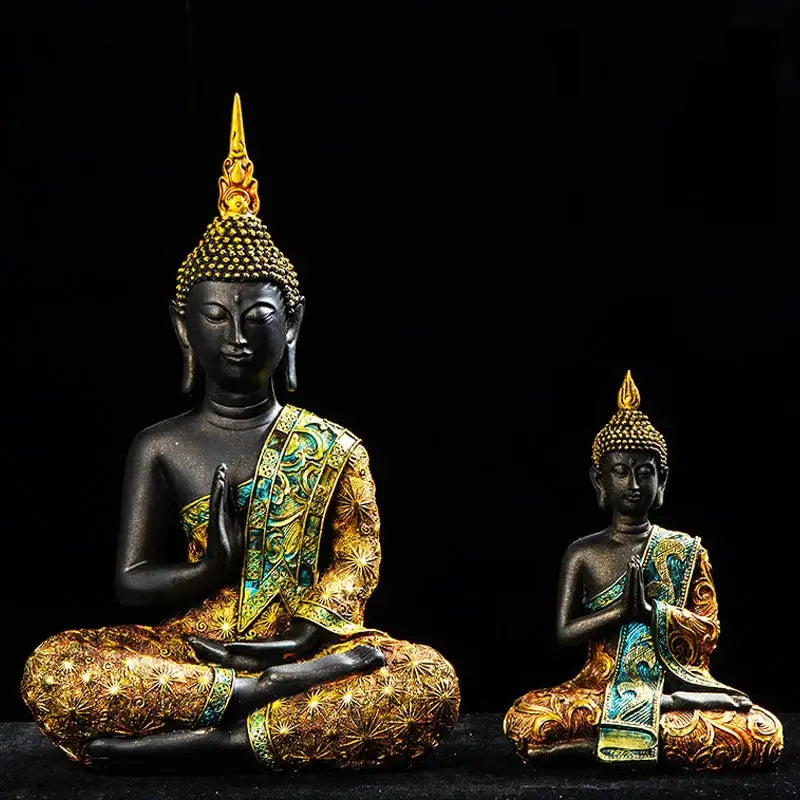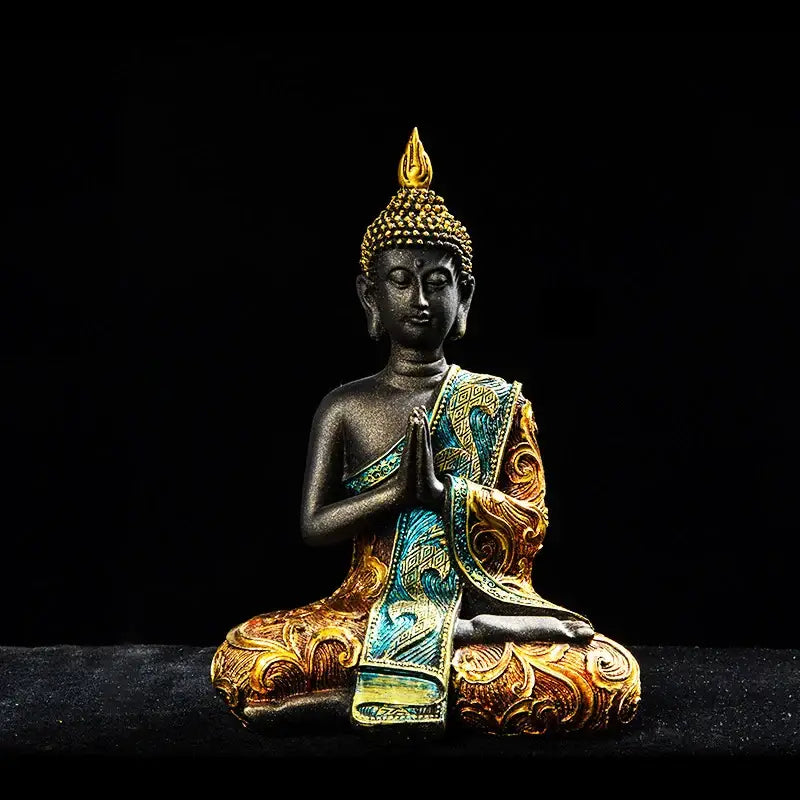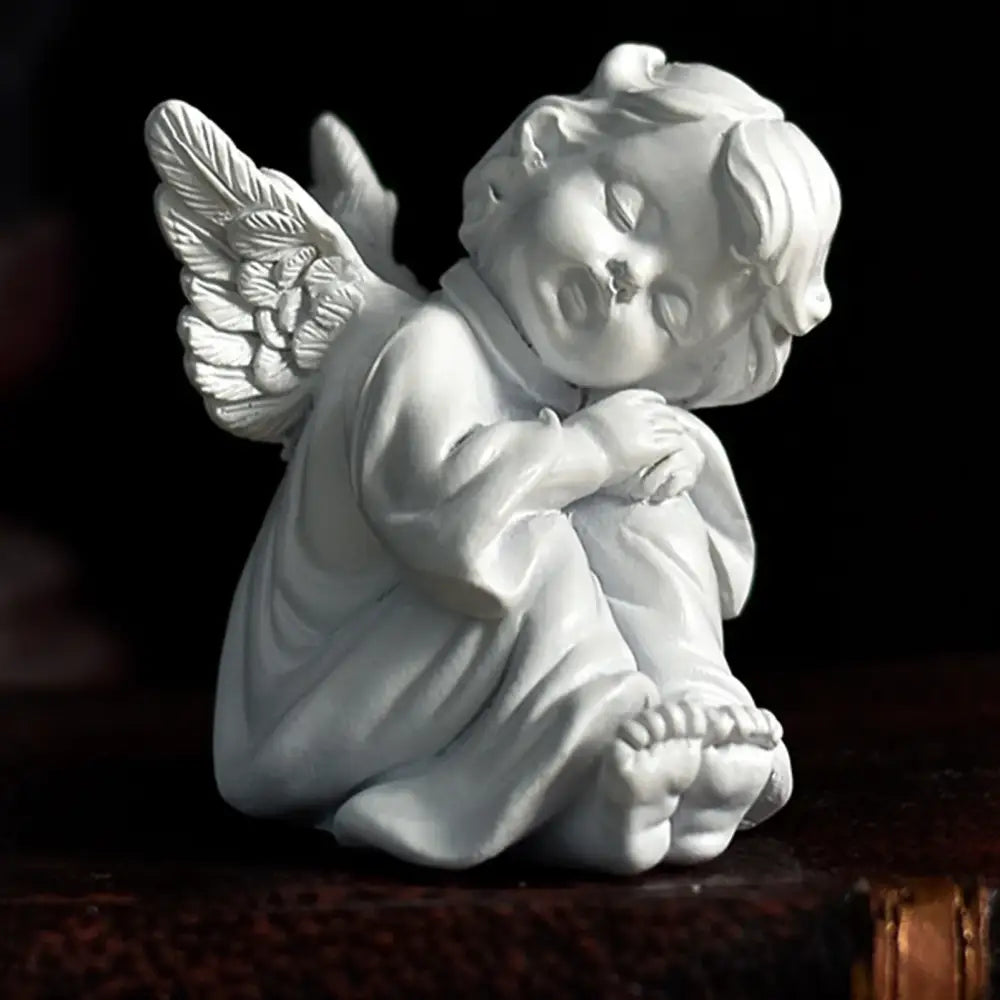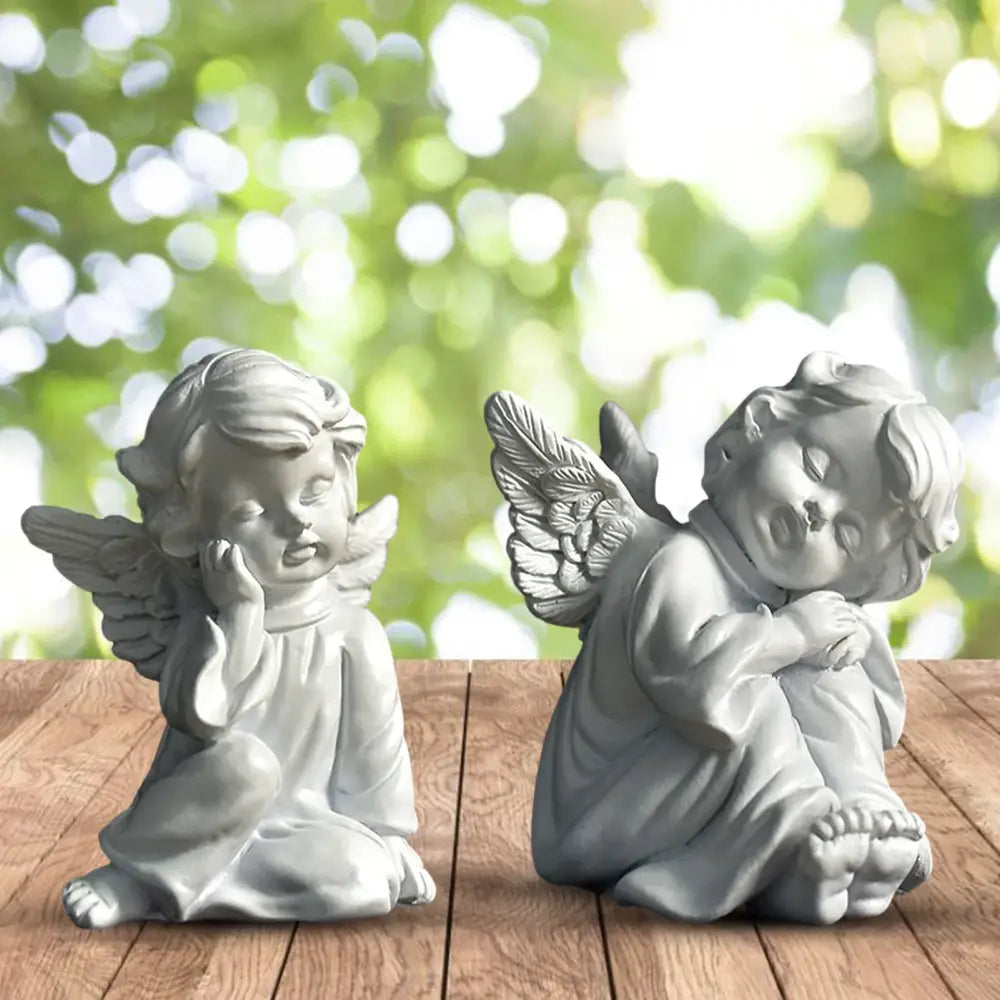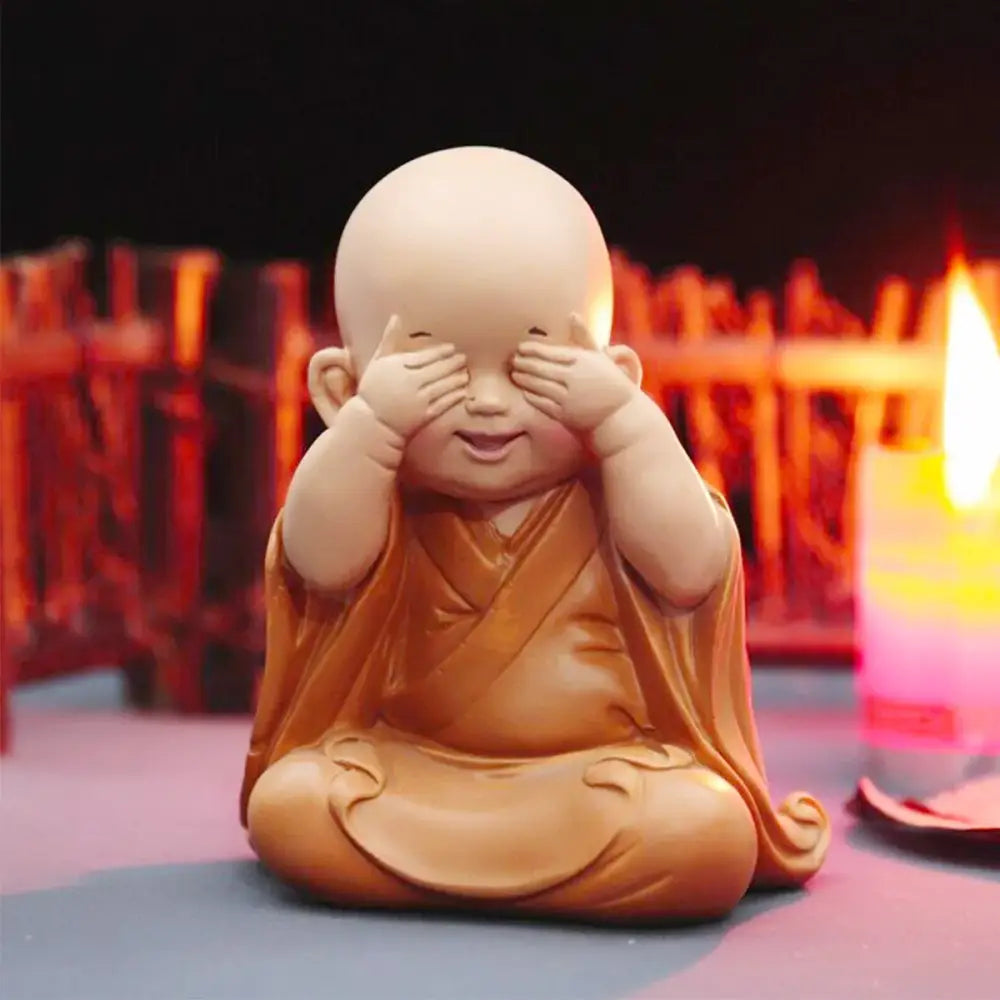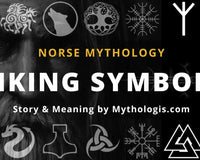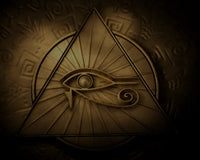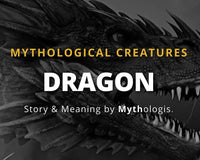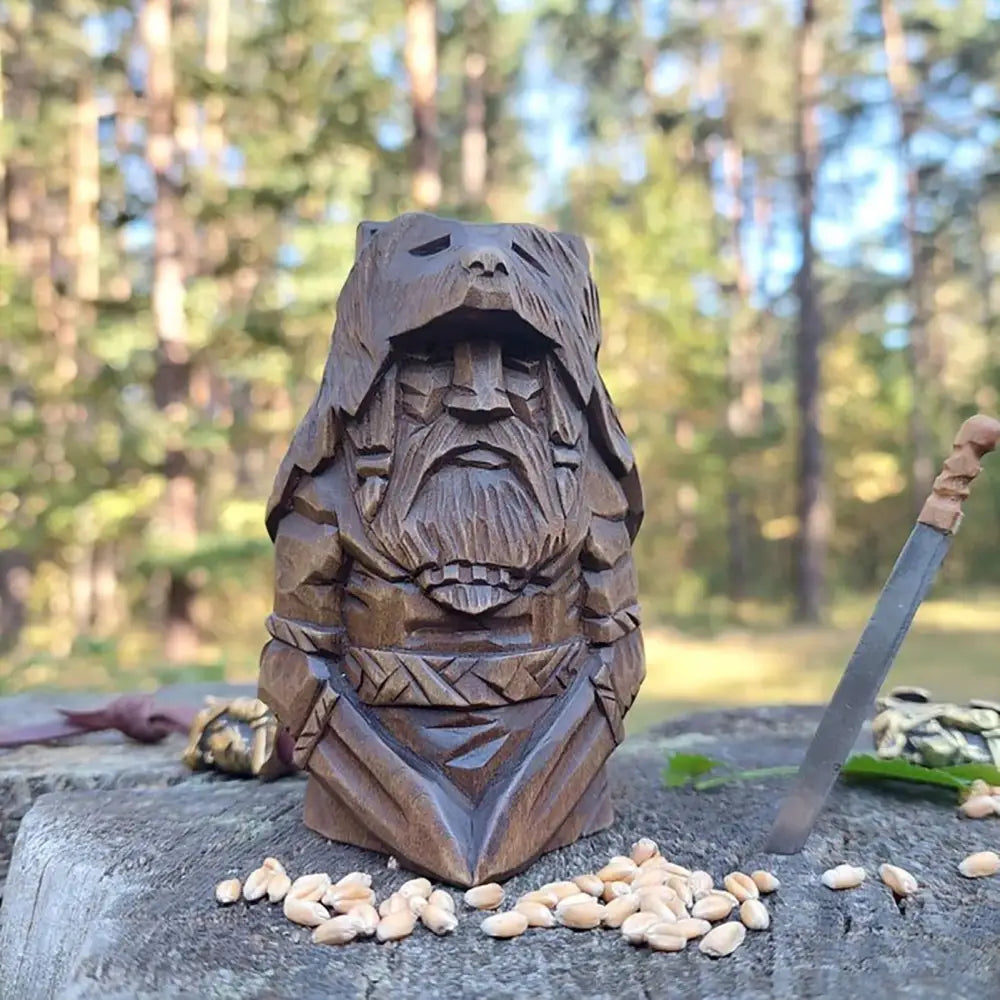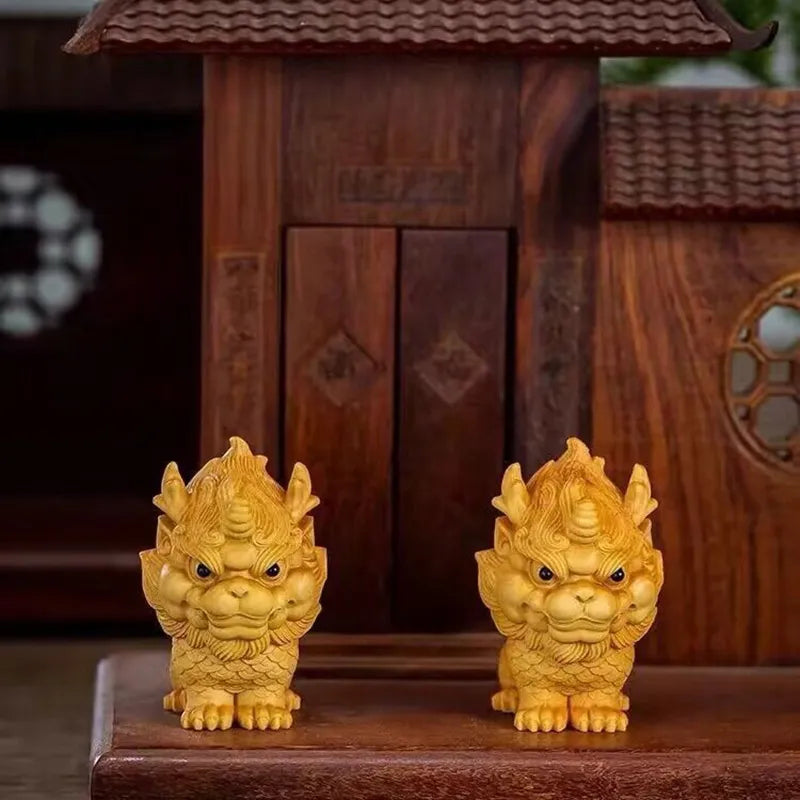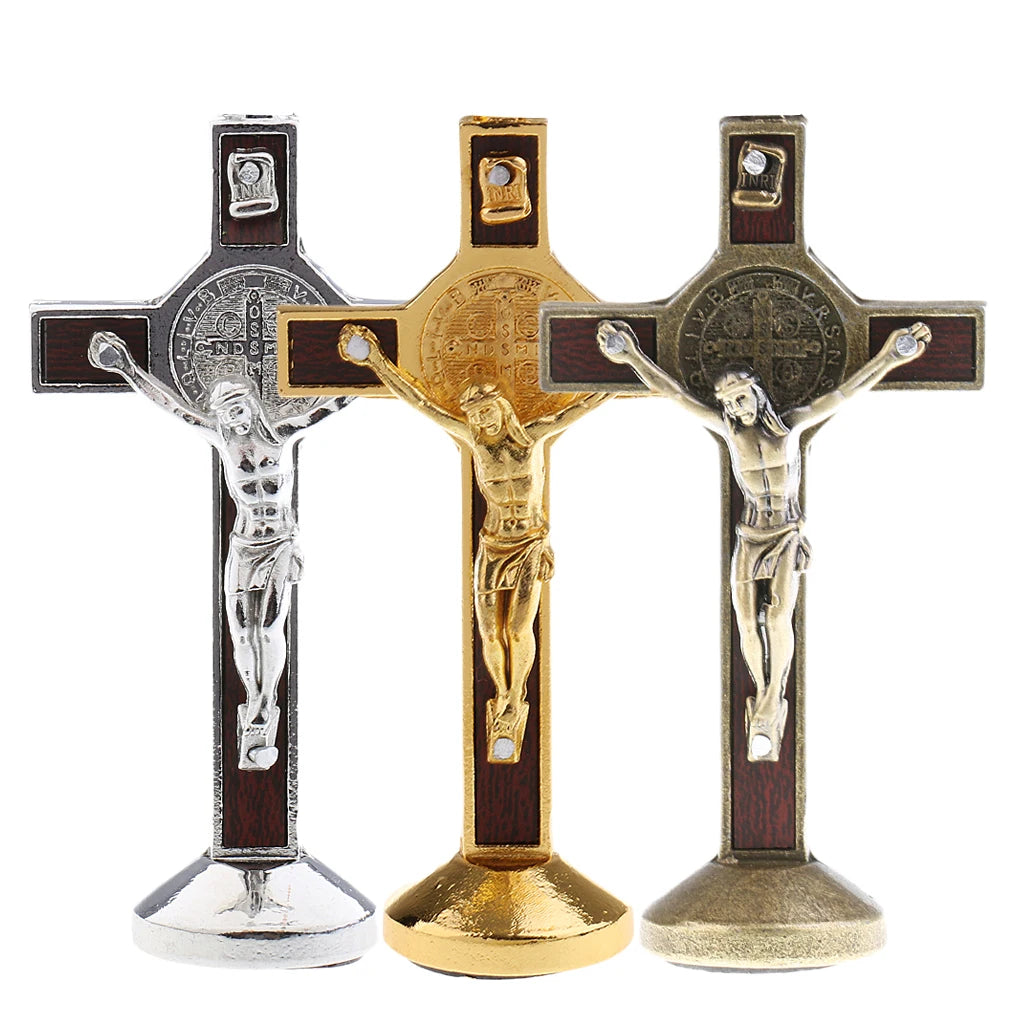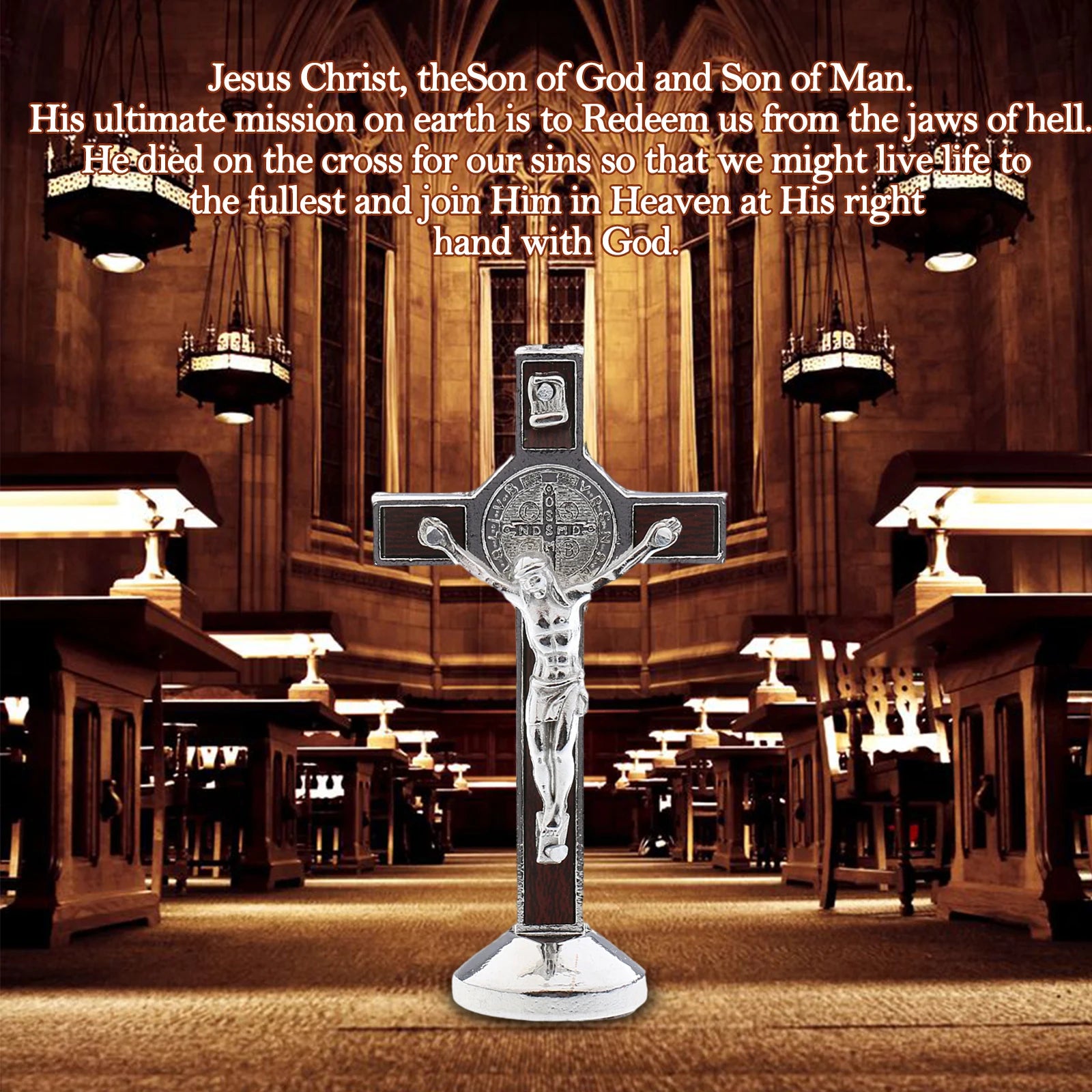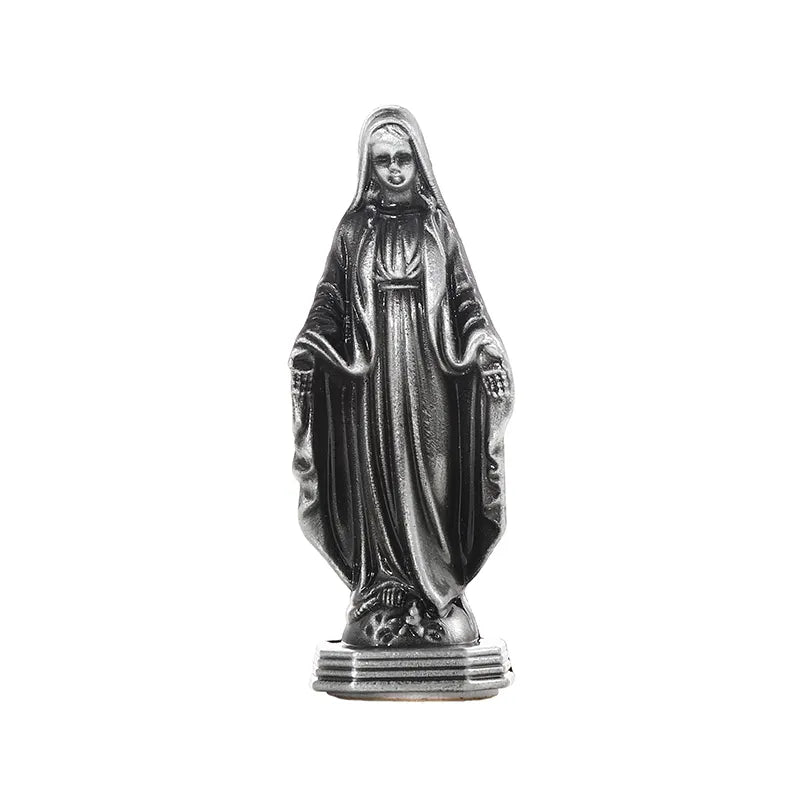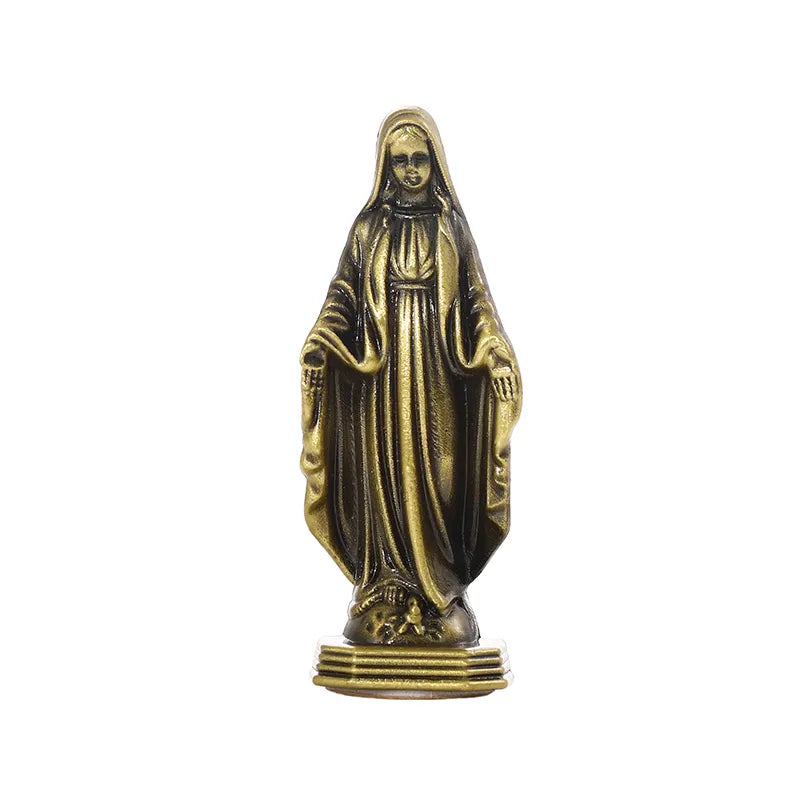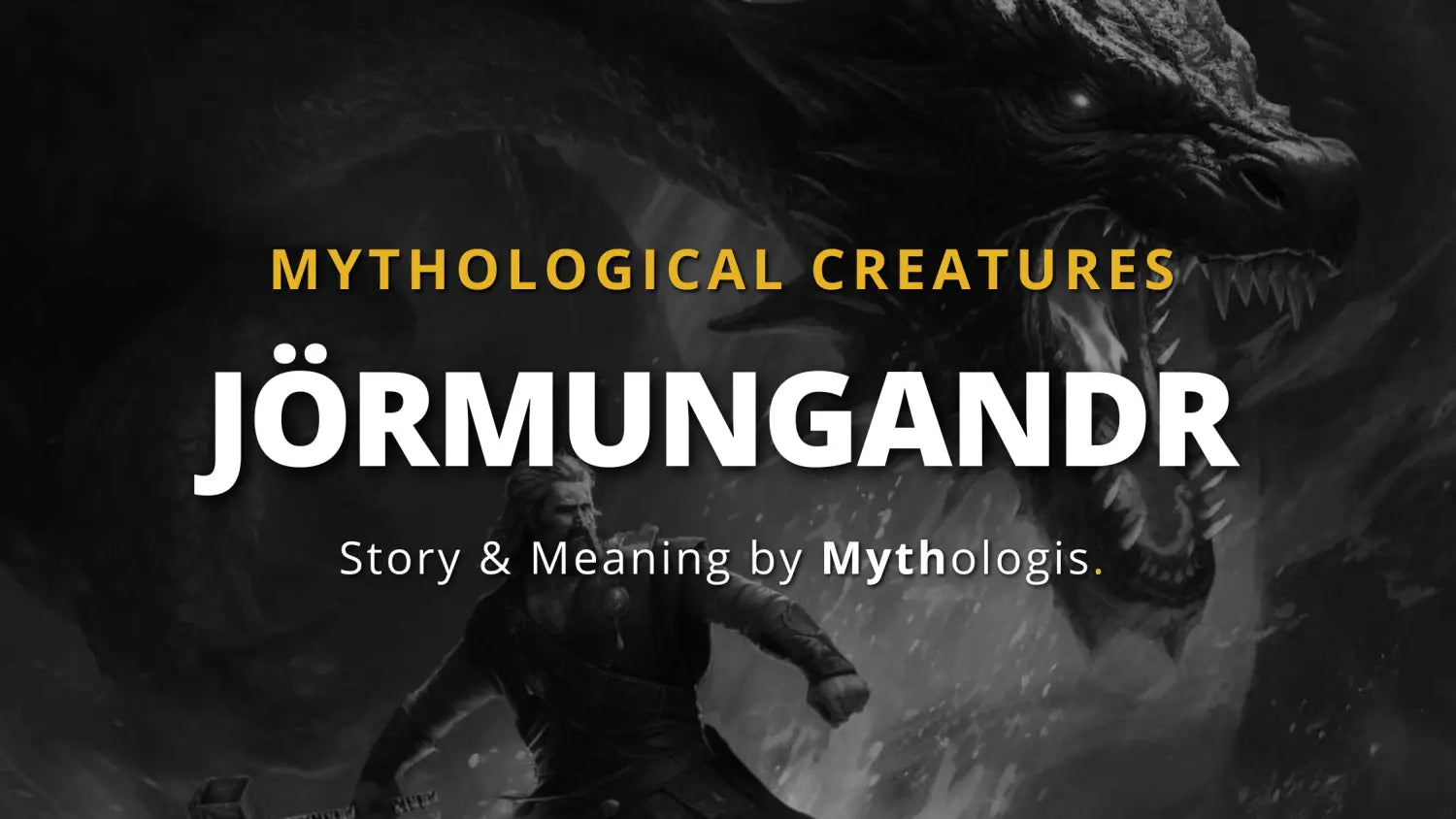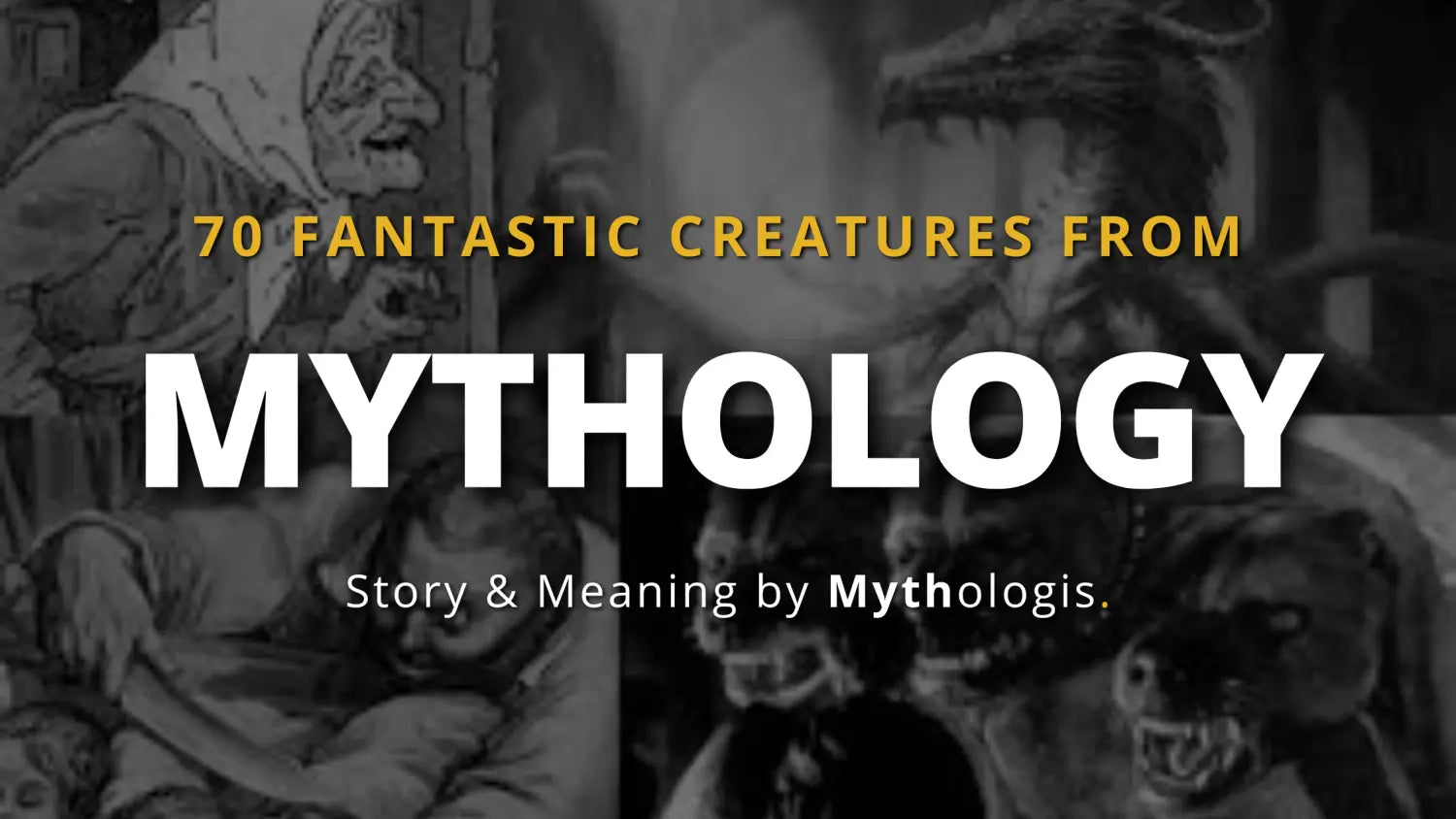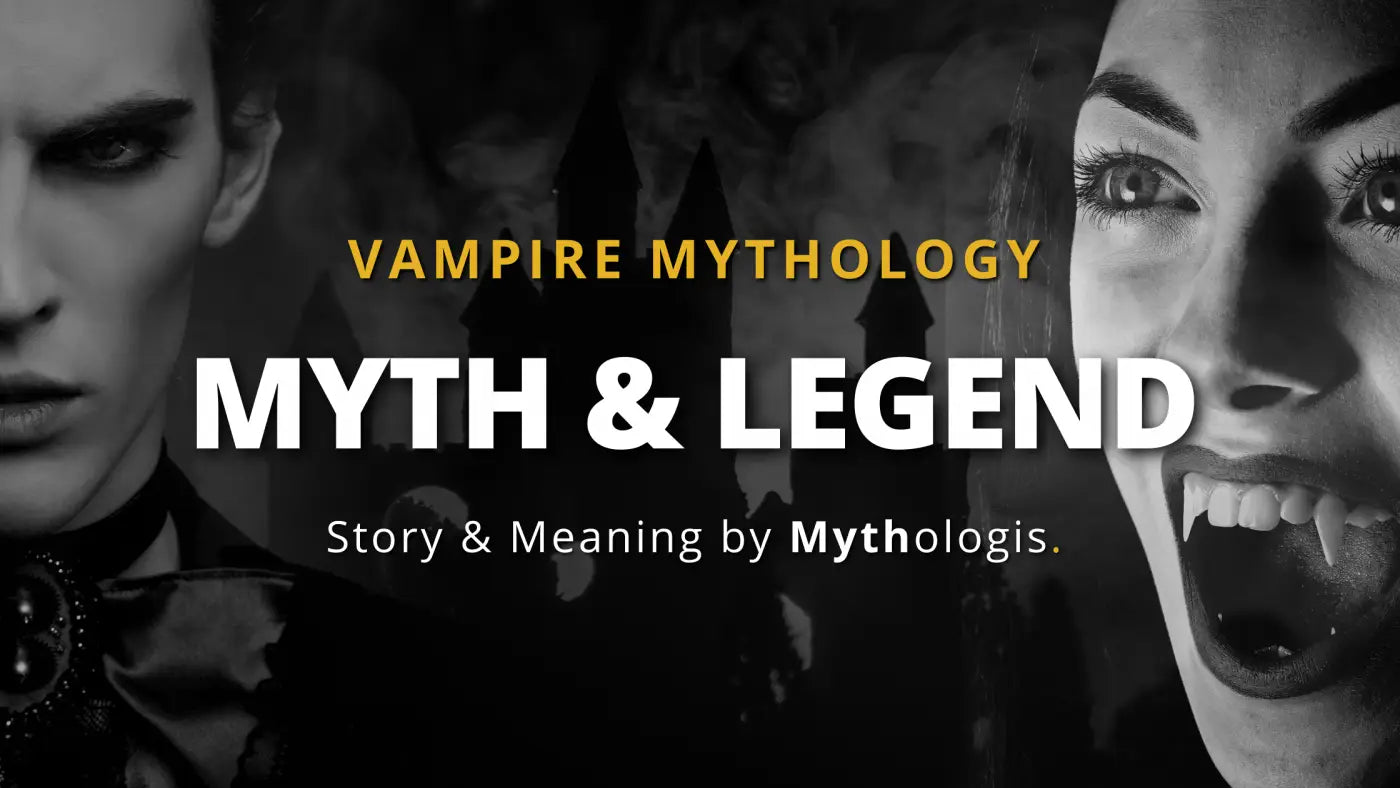Looking for a complete introduction to Inuit mythology in just a few minutes? You’ve come to the right place! Read on !
The Inuit believed in the existence of other worlds under the sea, inside the Earth and in the sky, places that the best angakoks (shamans) have the power to visit in dreams and in trance. In this way they visit places that ordinary people will only see after death. Shamans hold animals in the highest esteem and make them very good and beautiful emblems; they have a very important place in their daily lives and cultures.
Dreams have played an important role in the lives of Inuit since ancient times and may be the origin of certain kinds of myths. They are interpreted with care. Dreams with polar bears are said to have sexual connotations, while dreams with a weasel herald difficulties and dreams with birds, blizzards.
The Birth of Inuit Mythology

“In the beginning, there was nothing living, no animal, just the first man and the first woman. The latter asked Kaïla, the god of the Sky, to populate the earth. He sent her to dig a hole in the ice floe to fish and the woman took out all the animals that populate the world from the hole one by one, the caribou last. Kaïla told her that the caribou was the best gift he could give them because it would feed his people.
The Woman released the caribou and told it to spread across the Earth and multiply. Soon, the caribou became numerous and the woman’s sons were able to hunt it to eat its flesh and make tents and clothing from its skin. However, the descendants of the first woman always chose the most beautiful animals, so that one day only the weakest and sickest remained, which the Inuit did not want to eat for fear of becoming weak and sick like them.
The woman asked Kaïla for a solution and he went to visit Amarok, the Wolf spirit. He asked him that his children, the wolves, eat the thin, sick and small caribou so that the herds would become numerous again with big and fat animals, and that the Sons of the Woman could once again hunt them.
Since then, according to Inuit mythology, “And to the Sons, the wolf and the caribou have become one. For if the caribou feeds the wolf, the wolf keeps the caribou healthy.”
The gods of Inuit mythology
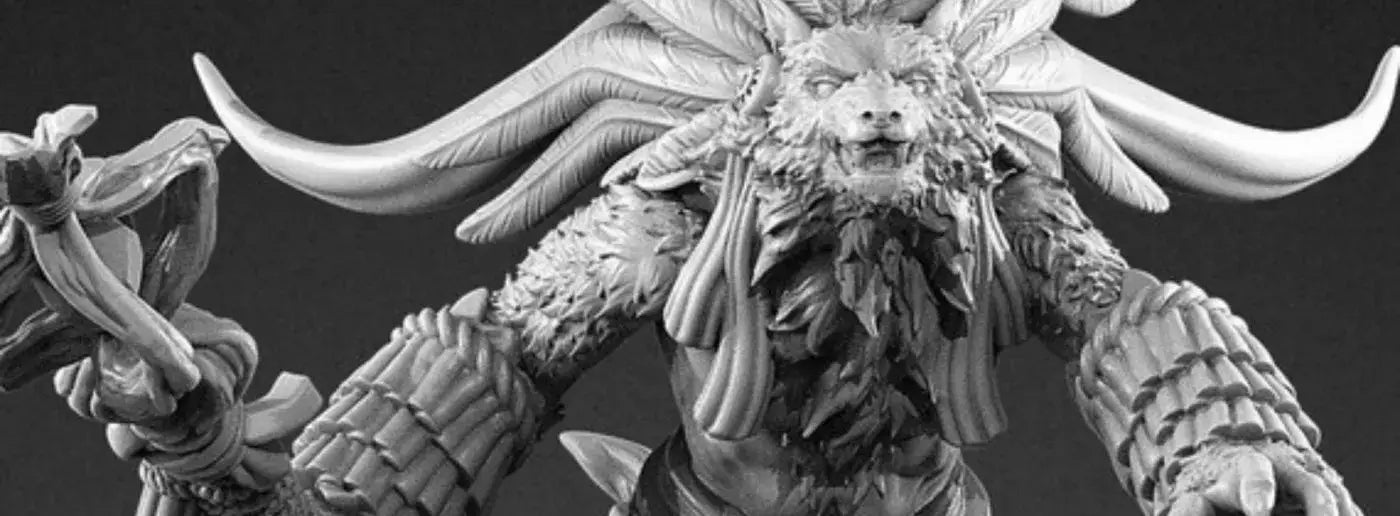
Inuit simply did not have gods, but we often see Inuit traditions called gods in non-Inuit media. What they did have were figures, which are seen elsewhere in horror stories: evil, invisible, vengeful, arbitrary and very powerful beings who were either tuurngait, or particularly powerful animal or human anirniit who became feared entities because of a history of abuse or horror.
Among them are Sedna (or Sanna, Nerrivik, Arnarquagssaq, or Nuliajuk), master of the aquatic animals, Nanuq (or Nanuuq, Nanook…), master of the polar bears, Tekkeitsertok, master of the caribou, and Amarok, master of the wolves.
Sedna is a legendary goddess of the Inuit mythology

She is still a very well known legend among the Inuit, and there are as many versions as there are villages.
A young girl lived alone with her widowed father. By trickery, she was seduced and married a shaman or, according to other versions, a birdman or a dog.
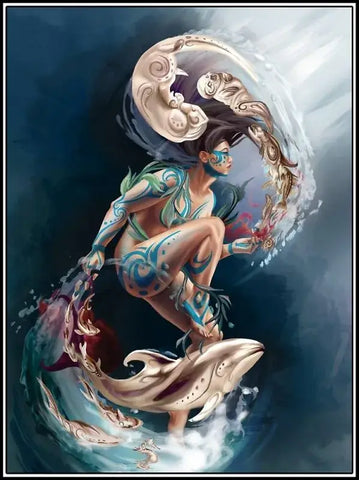
After some time on her remote island, her father heard complaints from beyond the sea: it was his daughter who was being mistreated. So he boarded his kayak to fetch her and set sail with her. Seeing Sedna flee, her husband with supernatural powers ordered the sea to break loose.
Seeing death coming, the father sacrificed Sedna by throwing her into the sea, but she clung to the edge, endangering the boat.
The father then cut off his daughter’s fingers, which became fish, thumbs and hands, and these became seals, whales and all the sea animals.
Sedna sank to the bottom of the sea where she still resides as a goddess of the sea, similar to the mermaids. When the hunt is not good or the sea is rough, it is believed that Sedna is angry because her hair is matted and, having no hands, she cannot comb it. It is then that the shamans, by their magic, manage to comb Sedna’s hair and thus restore the calm and the animals.
This legend makes the hunters live in the obligation to treat the sea and the women with respect.
Nanuq or Nanuuq
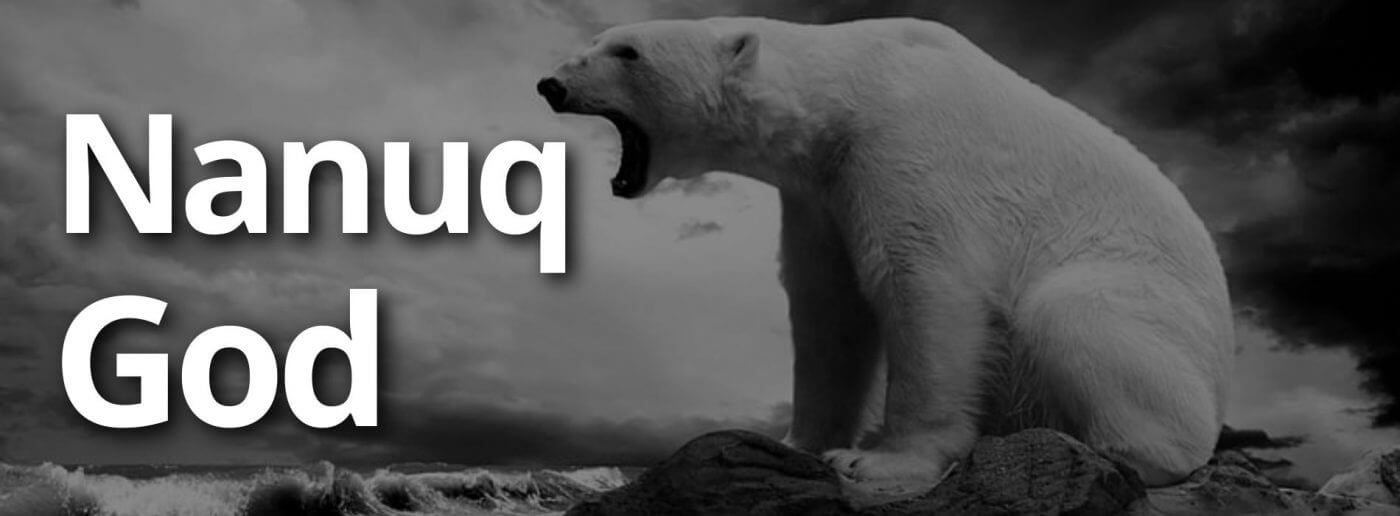
Nanuq or Nanuuq (English: Nanook) is a spirit (Tuurngait in Inuit) in Inuit mythology.
Nanuq is the Inuit term for the polar bear. He usually plays an important role because this particularly large polar bear is considered the leader of the polar bears. He can decide if the hunters have behaved according to the ritual rules to determine if a polar bear hunt is successful.
This myth is well known even in other Arctic peoples with slight variations.
Tekkeitsertok

Tekkeitsertok. In Inuit mythology, Tekkeitsertok is the god of the hunt and the patron of the caribou, one of the most important gods of the pantheon.
Amaruq is the gigantic wolf spirit in Inuit mythology

Most often described as a giant wolf that devours hunters unwary enough to go out hunting alone at night, but it can also help humans by ensuring that its wolf brethren keep the caribou herds healthy by eliminating weak and sick animals. The name “Amarok” also refers to the wolf among the Inuit peoples, and was given to animals studied in cryptozoology, before being taken up in several modern works of music and other literature.
Inuit mythology Legends
The Moon plays an important role
The Inuit legends are, like the Amerindian legends, very colorful. One of them tells how the light appeared on Earth. It comes from the Inuits of the Canadian central Arctic:
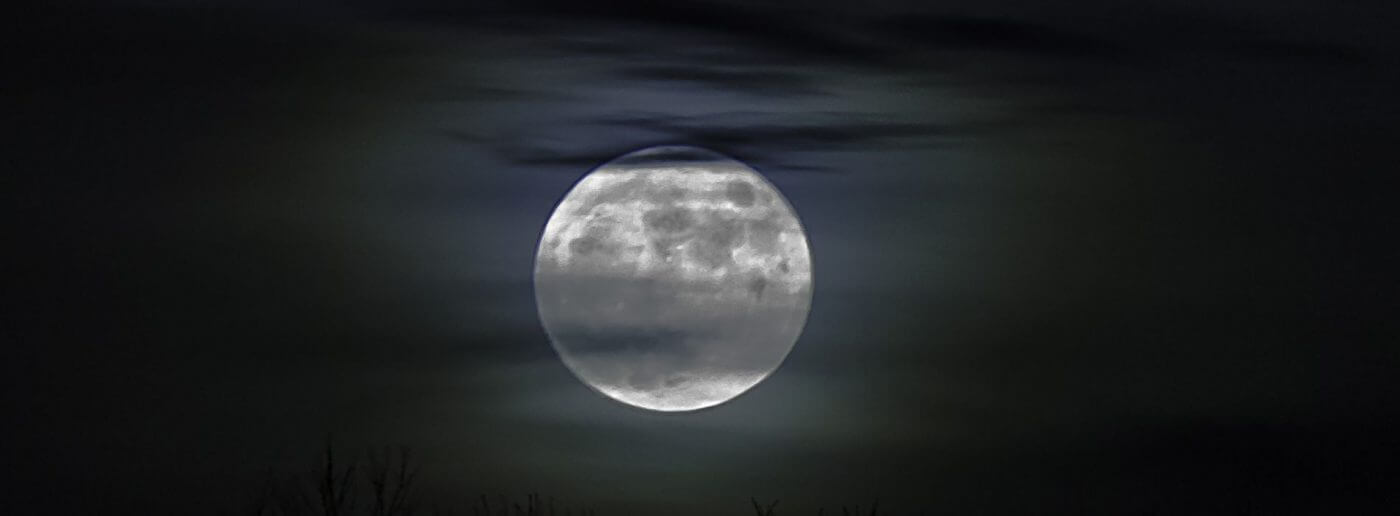
In the beginning, everything was dark and there was no light on Earth. It was impossible to see the ground, animals and people. Strangely enough, an animal could turn into a man and a man into an animal. There were different animals like bears, hares and foxes. However, when they turned into men, they all became the same: they spoke the same language, lived in the same kind of house and hunted in the same way.
It was at this time that the magic words were created. A random word in a conversation could suddenly acquire magical power, and no one could explain how.
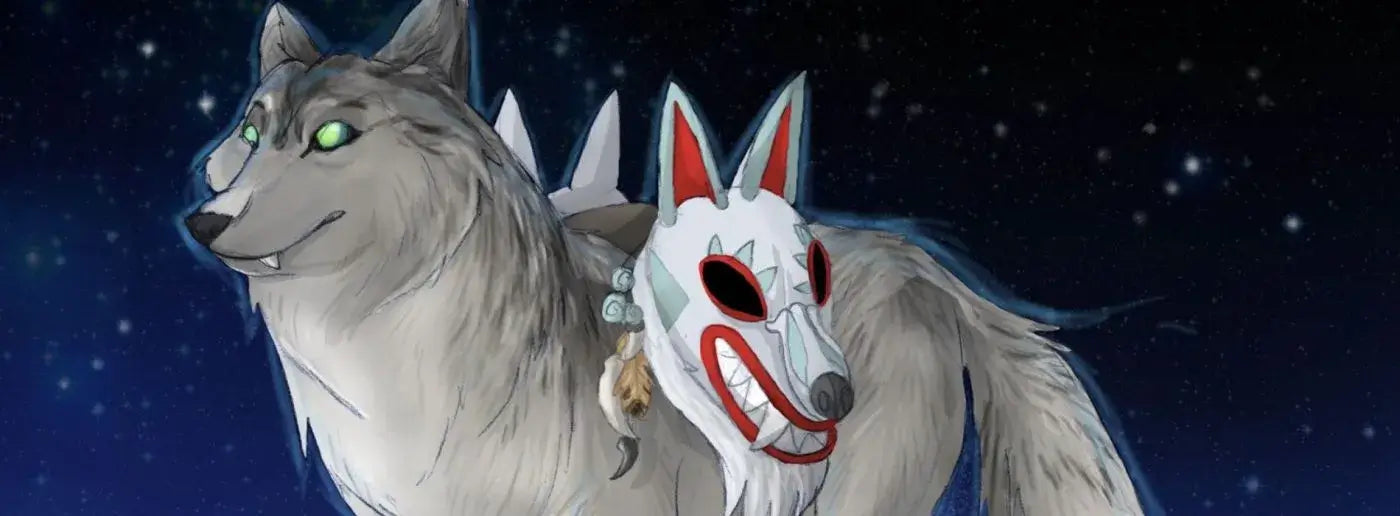
One day, a conversation took place between a fox and a hare. The fox kept repeating the word “darkness” because he liked it, since it allowed him to steal the catch of humans. The hare, on the other hand, kept repeating the word “Day” because it would help him find a place to feed.
Suddenly, the light was on and the darkness was replaced by day: the word spoken by the hare was more powerful than the one spoken by the fox. Since that day, night and day have alternated on Earth, with the fox and the hare taking turns.
Among the Inuit, the Sun is usually associated with a woman and the Moon with a man. Here is a legend that is an exception to the rule. It comes from the Inuit of Repulse Bay, Nunavut:
A long time ago, after the creation of the world, a powerful magician acquired such great power that he managed to reach the heavens. He brought with him his sister, who was very beautiful, and a fire, to which he added so much fuel that it became the Sun.
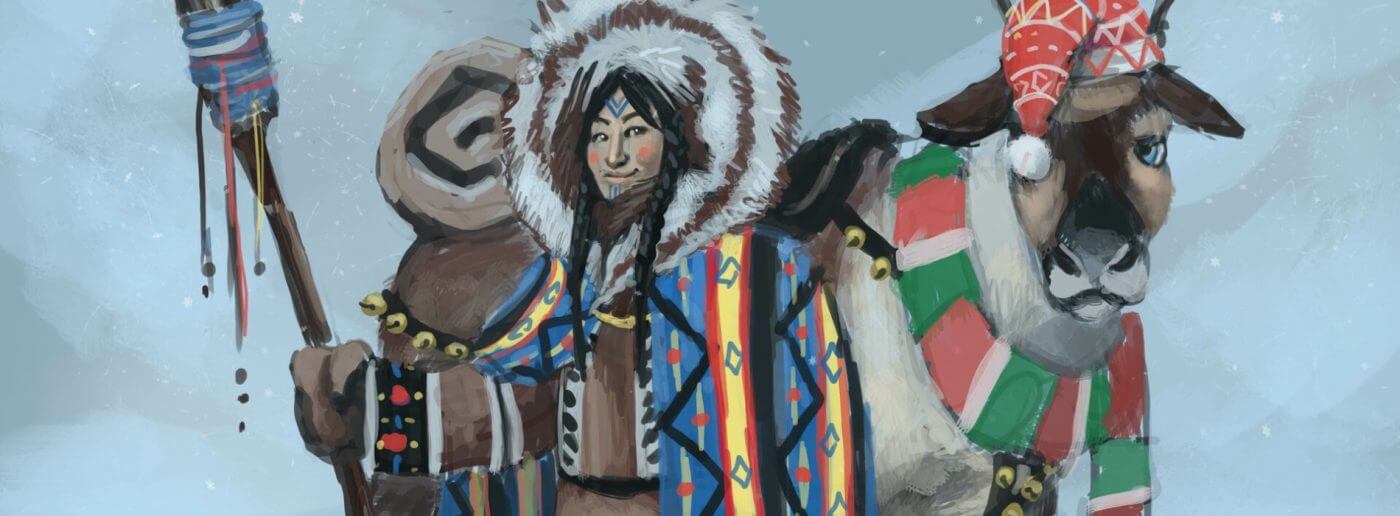
The brother and sister lived in harmony for a long time until the day when discord arose between them and the brother started to beat his sister’s face with a burn that disfigured her. The young woman then left her brother to take refuge in the skies where she became the Moon. Since that day, he never stopped pursuing her with his fire without ever being able to reach her.
The Moon-Man is an important character among the Inuit. Many legends mention him. Here is one that comes to us from the Inuit of the eastern Canadian Arctic:
A powerful angakoq (sorcerer) decided to visit the moon. At his request, his hands were tied with a leather strap and the lamps in his hut were turned off. The sorcerer then prayed to his tormaq (spirit protector) to transport him to the moon, which happened instantly.
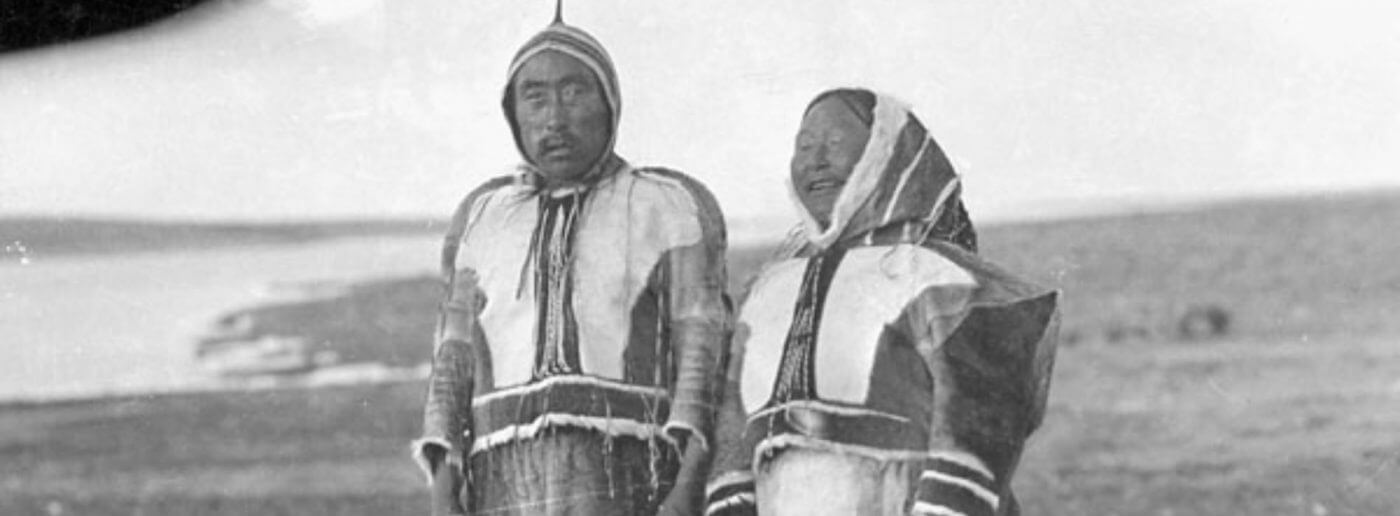
Once there, the sorcerer understood that the moon was a house. He entered it and saw on the left a very beautiful woman, the Sun, who hastened to extinguish the lamp in front of her. The Moon-Man came to welcome her and said, “My wife and I are going to do a dance. It is important not to laugh, or you will be in trouble.
The couple began to dance and the wizard began to watch. To his surprise, he found that the Sun-Woman had no back, no spine and no entrails; only a heart and lungs occupied her rib cage. The dance was so strange and the couple’s grimaces so funny that the wizard fled, for he could hardly keep from laughing.
Soon after, the wizard decided to return to the house and managed to keep from laughing. When the dance was over, the Moon-Man received him with hospitality and showed him around his house. In one room, he saw large herds of deer roaming the vast plains. In another room, he saw many seals swimming in an ocean. The Moon-Man let him choose one of each and gave them to him.
When he returned to Earth, the wizard’s body, which had remained motionless and soulless, revived, and to everyone’s surprise, his bonds were undone, without anyone having touched them. The sorcerer then told all that he had seen during his trip to the Moon.
A young orphan lived with a family that treated him badly. He slept in the entrance tunnel with the dogs and ate only scraps. Only the youngest girl in the house treated him well.
Drawing of a man on a brown background carrying a large rock above his head, in front of a moon and stars
One night, as he lay on the ground looking at the moon, he thought of a way to escape. The more he stared at the moon, the more he had the impression of seeing a human face. Once he was convinced that the face existed, he asked the Moon-Man to come and help him escape.
The Moon-Man heard him and came down to Earth. He took the young orphan with him and brought him to the beach where he flogged him with a whip. With each blow the boy grew bigger and stronger. When he was finished, the Moon-Man returned to the sky. The orphan stayed on the beach and practiced all night lifting large blocks of stone and throwing them away.
In the morning, the boy returned home and struck down all those who had been unkind to him except for the girl who treated him well. She became his wife and he became the village chief.
Conclusion
Inuit mythology is the traditional stories and beliefs of the Inuit people, who are indigenous to the Arctic regions of Alaska, Canada, and Greenland. These myths often feature a rich pantheon of gods and goddesses, as well as tales of creation, hero stories, and explanations for natural phenomena. Inuit mythology also plays a central role in the cultural identity and traditions of the Inuit people, and serves as a means of passing down cultural values and knowledge from one generation to the next. Overall, Inuit mythology is a rich and diverse cultural tradition that continues to be an important part of Inuit life and identity.


